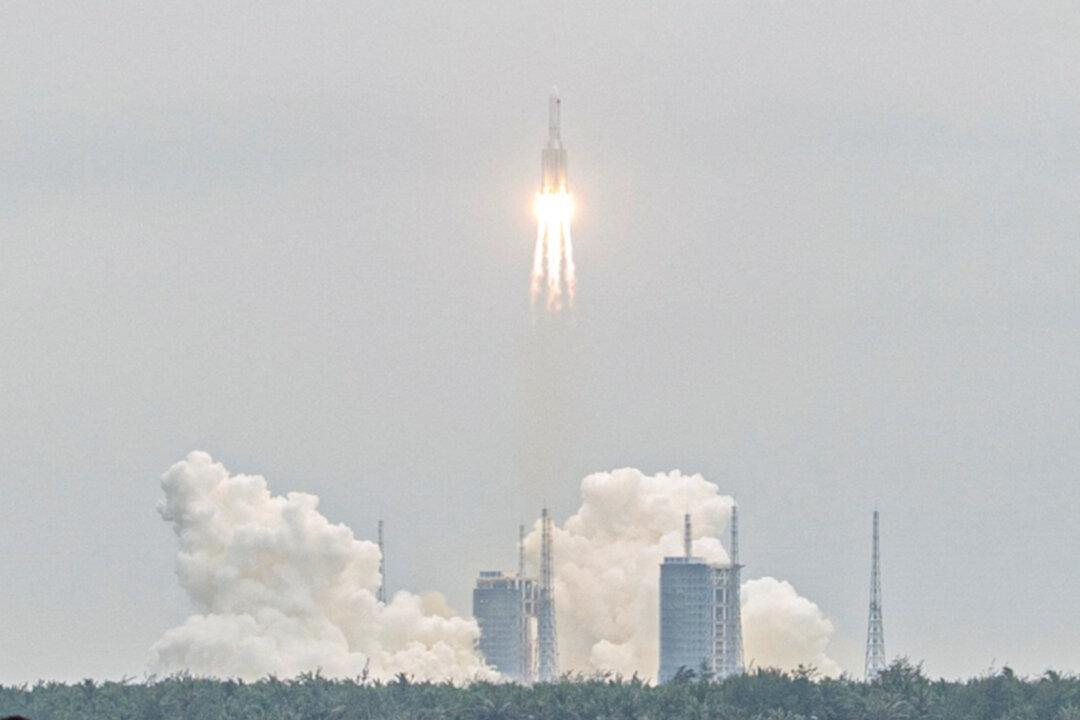NASA Administrator Bill Nelson criticized China for creating unnecessary risks as an uncontrolled core segment of its biggest rocket reentered Earth’s atmosphere and mostly burned up over the Maldives before landing in the Indian Ocean on May 9.
“It is clear that China is failing to meet responsible standards regarding their space debris,” the former senator said in a statement.





